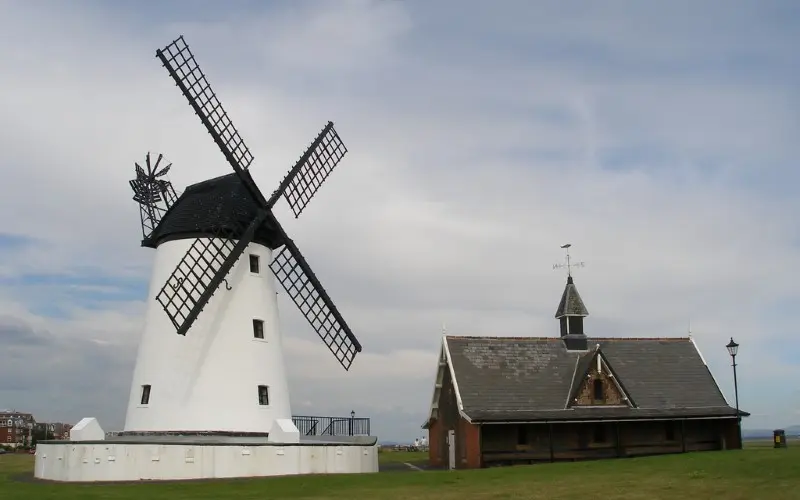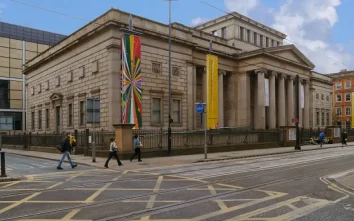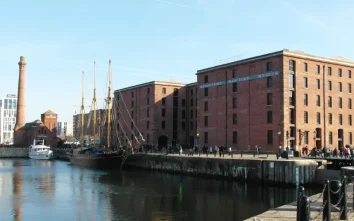Lytham Windmill
Lytham Windmill
- Entry:
- Free admission
- Facilities: Parking
- City/Town:
- Lytham
Toilets
- Region:
- the North West
- Postcode:
- FY8 5LD
- Museum Category:
- Historic Houses, Local History
Official Website:
Lytham Windmill
The Iconic Sentinel of the Fylde Coast
Standing tall against the backdrop of the sweeping Fylde Coast, the Lytham Windmill is more than just a structure; it’s an emblem of Lytham’s rich past and an enduring testament to the community’s resilience. Nestled in the picturesque town of Lytham St Annes, this windmill is a reminder of an era gone by, yet continues to inspire both locals and visitors alike.
Historical Foundations
Built in the early 19th century, around 1805, the Lytham Windmill was a functional grain mill for close to a century. Its sails turned diligently, converting wind energy into the power needed to grind local farmers’ grain. Over its operational years, the mill witnessed the changing face of agriculture, trade, and even the industrial revolution.
However, a fateful storm in 1919 severely damaged the windmill, rendering its sails and grinding mechanisms unusable. It wasn’t until the 1920s, with community effort and the involvement of the local council, that the windmill was restored, not as a working mill, but as a symbol of Lytham’s indomitable spirit.
What’s Inside?
Today, the Lytham Windmill houses a fascinating museum. Spread over its four floors are:
- Exhibitions on Milling: Delve deep into the process of milling, the types of grains processed, and the role windmills played in local agriculture.
- Lytham’s History: Apart from milling, the museum offers a peek into Lytham’s transformation over the years, from a tranquil seaside village to a bustling town.
- Interactive Displays: Especially appealing to younger visitors, there are hands-on displays that explain the mechanics of the windmill and the science of wind energy.
The Surrounding Green
Adjacent to the windmill is Lytham Green, a vast stretch of manicured grass that runs along the coast. It’s a perfect spot for picnics, leisurely walks, or just to lay back and gaze at the windmill against the changing hues of the sky. The views of the estuary, with its varying moods, add to the charm.
Events and Activities
Throughout the year, the Lytham Windmill becomes the epicentre of various community events:
- Windmill Weekend: Celebrate the mill’s heritage with festivities, traditional crafts, and fun activities for all ages.
- Educational Workshops: Schools often organize trips to the windmill, integrating history, science, and environmental education.
Plan Your Visit
- Opening Hours: While entry to the windmill is free, it’s essential to check its opening hours, especially if visiting during off-peak seasons.
- Guided Tours: For a more informed experience, opt for guided tours. Local guides, brimming with anecdotes and facts, bring the windmill’s history alive.
In Conclusion
The Lytham Windmill, with its stark white façade and black cap, is not just an architectural marvel but also a page from history that Lytham proudly displays. Whether you’re tracing the annals of agriculture, enjoying a day on the green, or simply admiring the coastal views, the windmill stands as a silent, steadfast companion, echoing tales of yore and hopes for the future.







